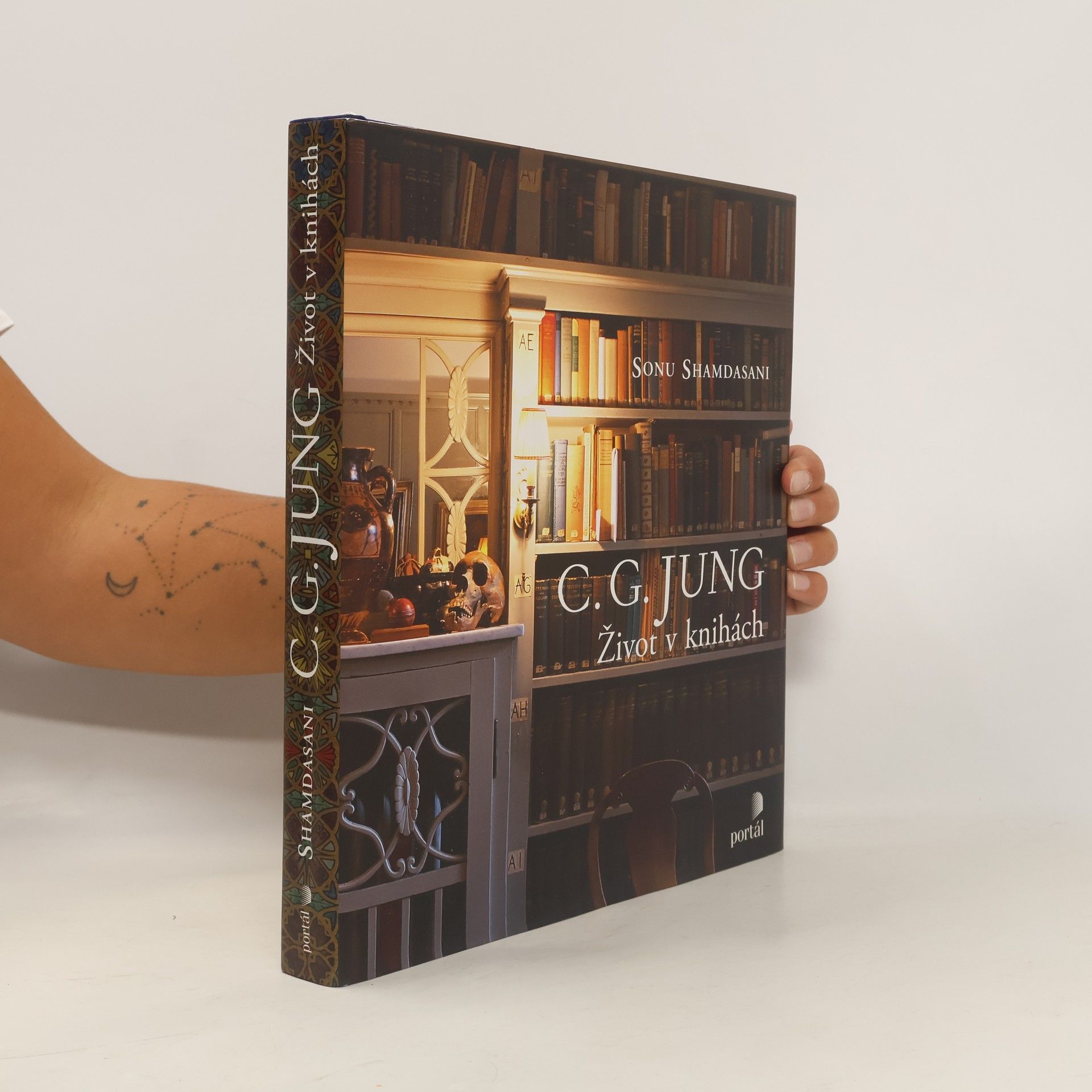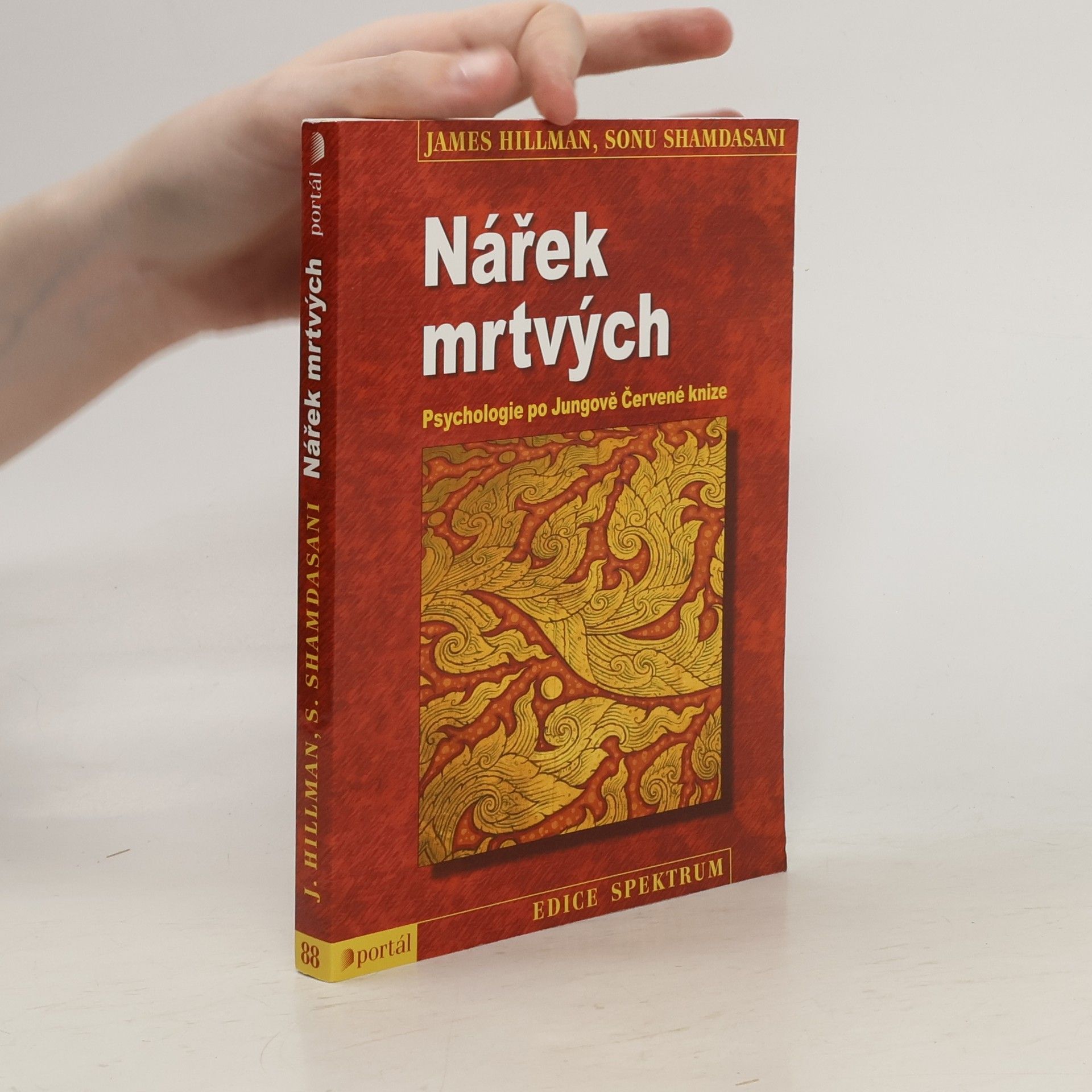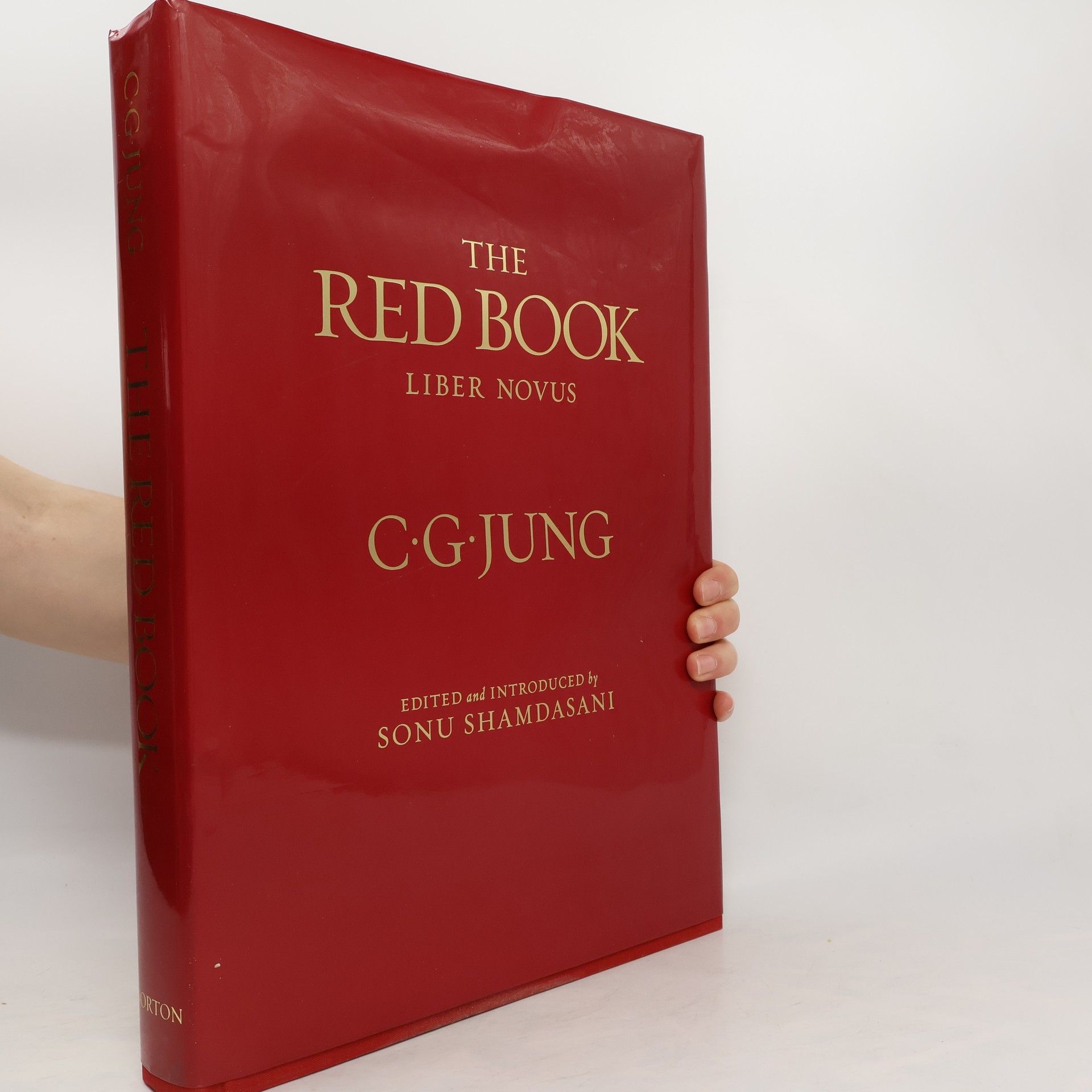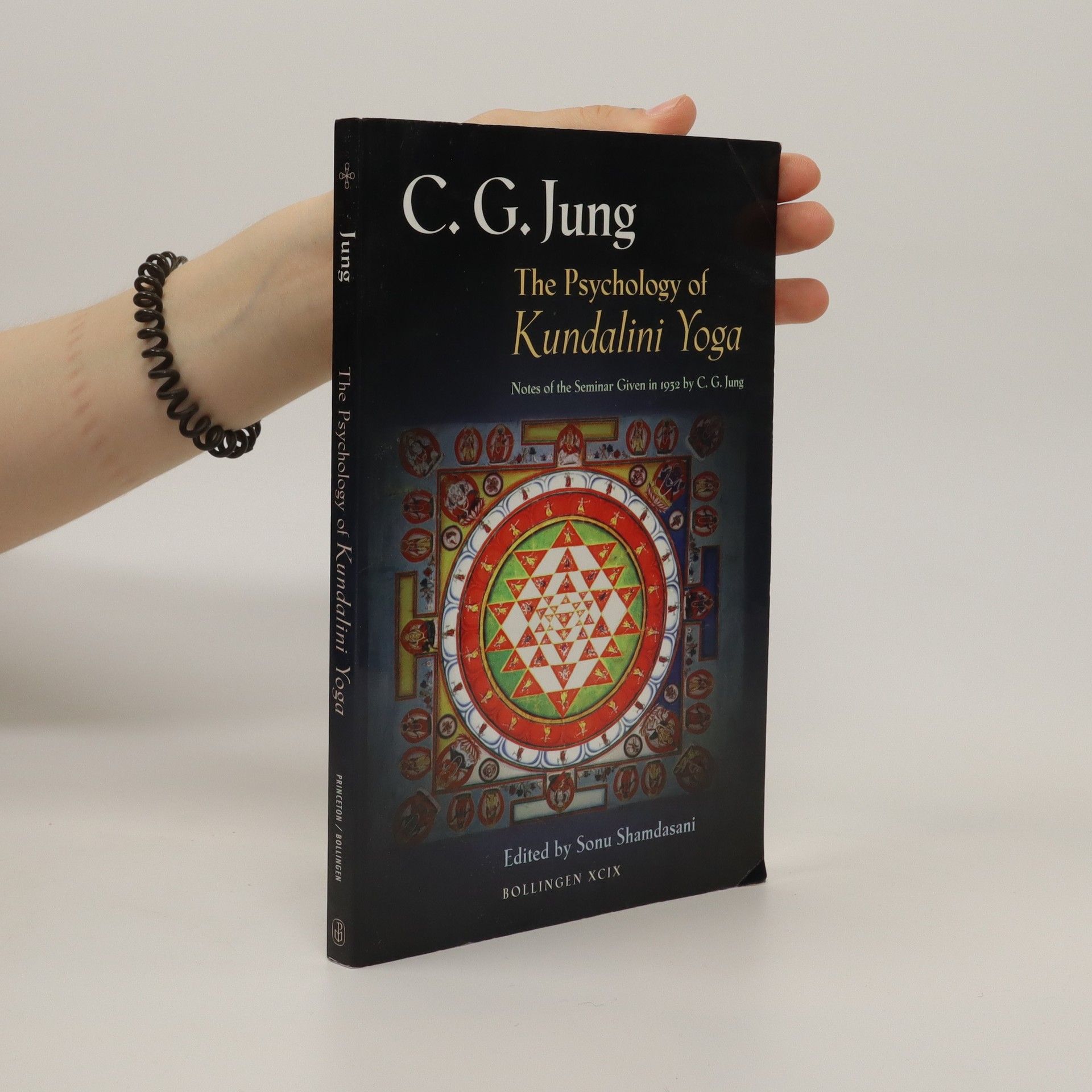The Psychology of Kundalini Yoga
- 176bladzijden
- 7 uur lezen
Jung's seminar on Kundalini yoga, presented to the Psychological Club in Zurich in 1932, has been widely regarded as a milestone in the psychological understanding of Eastern thought and of the symbolic transformations of inner experience. Kundalini yoga presented Jung with a model for the developmental phases of higher consciousness, and he interpreted its symbols in terms of the process of individuation. Sonu Shamdasani has brought together the lectures and discussions from this seminar for the first time. This volume also offers newly translated material from Jung's German language seminars, a seminar by the indologist Wilhelm Hauer presented in conjunction with that of Jung, and Sir John Woodroffe's classic translation of the tantric text, the Sat-cakra-nirupana.






